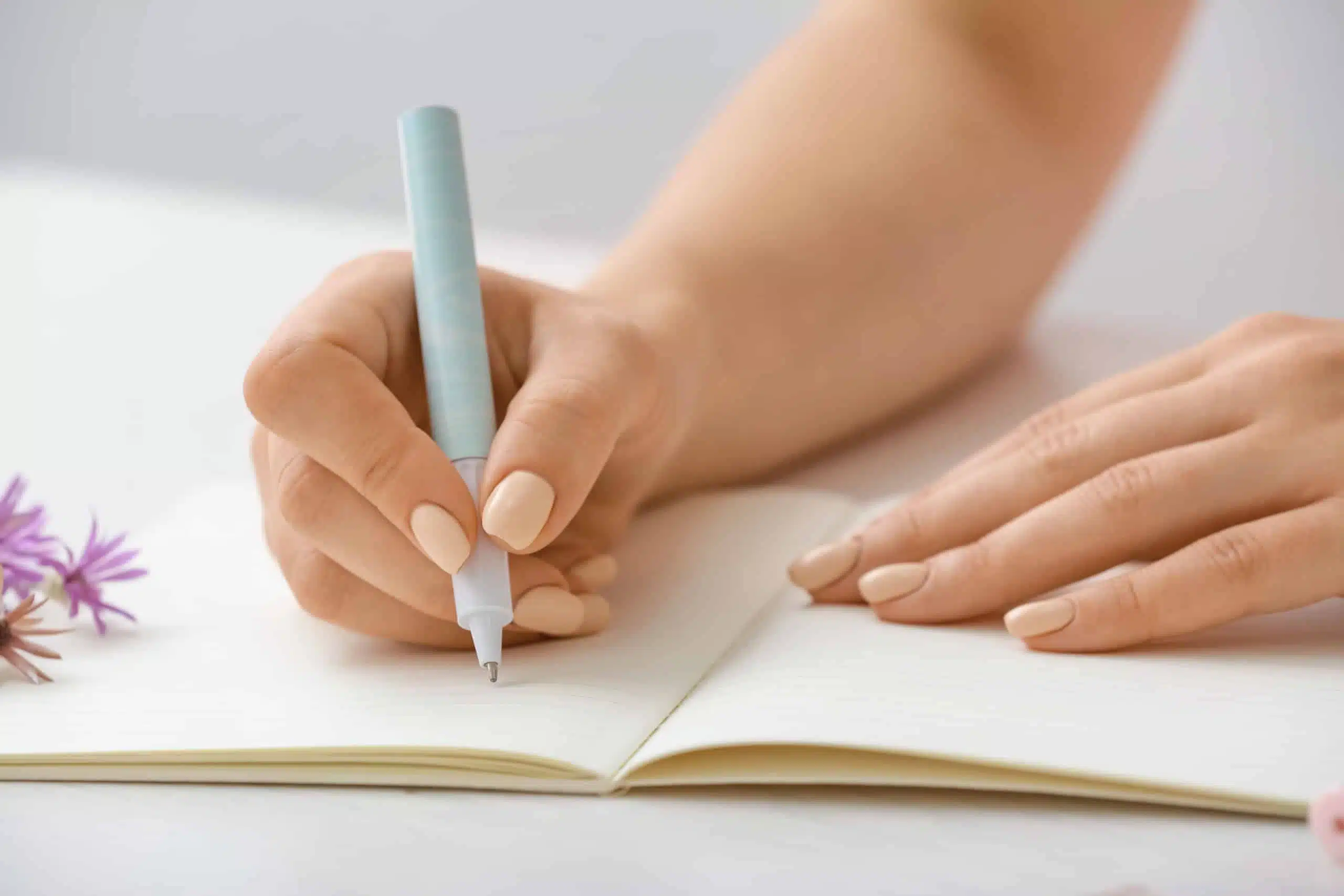Here’s what the Cywydd Deuair Hirion poetry form is:
The cywydd deuair hirion (or “long-lined couplet”) is one of the 24 codified Welsh meters.
Each line of the couplet is seven syllables and both lines rhyme, with one ending in a stressed syllable while the other ends in an unstressed syllable.
This is by far the most common cywydd.
So if you want to learn all about the Cywydd Deuair Hirion poetry type, then you’ve come to the right place.
Let’s dive into it!
- Rhupunt Poetry Form: Dive Into Poetic Seas
- Cywydd Heuair Fyrion Poetry Form: Pen the Pulse
- Cyhydedd Naw Ban Poetry Form: Spin Wisdom’s Web

Forms of Poetry: Cywydd Deuair Hirion

The cywydd deuair hirion or the “long-lined couplet” is a Welsh verse form comprised entirely of couplets.
While there are multiple types of cywydd in Welsh poetry, this is the most common by far and is usually the type referred to when a poem is simply called a cywydd.
Be careful not to confuse this form with the similarly named cywydd deuair fyrion, another Welsh couplet form with an even simpler structure.
The easiest way to tell the two apart is by syllable count, since the cywydd deuair hirion has seven-syllable lines while the cywydd deuair fyrion only has four-syllable lines.
The cywydd deuair hirion is one of the 24 codified Welsh meters.
It should be remembered that ‘meter’ in this context does not refer to a pattern of stressed and unstressed syllables.
Instead the Welsh ‘meters’ are the basic units of formal Welsh poetry.
Basic Properties of Cywydd Deuair Hirion

| Rhyme Structure | Strict |
| Meter | Unmetered |
| Origin | Welsh |
| Popularity | Few mentions in English but important in Welsh poetry |
| Theme | Varies |
How Is a Cywydd Deuair Hirion Structured?

The cywydd deuair hirion is ultimately just an isosyllabic rhymed couplet, with each line having seven syllables, or a poem comprised of such couplets.
The poem can be split up into other even-numbered quatrains, such as quatrains or sixains, so long as the expected structure of the couplets that the poem is comprised of is still correct.
Since the poem can be expanded to any number of couplets, its length (in lines) can therefore be any even number.
The total number of syllables will always end up being some multiple of 14, by design.
The one key feature that does make the cywydd deuair hirion unique is the nature of the end sounds.
It is expected that one end sound will be stressed while the other will be unstressed.
The order is irrelevant, so long as one of each is present.
In practice, this means that one of the two lines will sound decisive and definitive at its ending while the other line will sound more like it’s trailing off or ending with a whimper.
While this distinction will not be so readily apparent as to stand out to the average reader, it does have an interesting effect on the overall tone of the poem.
Example of a Cywydd Deuair Hirion

Let Her Be
She may never be with me
but I shall not be petty.
It is best to let her be
if my lover won’t marry.
Perhaps later we might see
a future where we’re happy.
The above poem, while written as a sixain (a six-line stanza), is correctly written in cywydd deuair hirion.
A closer inspection will reveal that every couplet has an AA rhyme scheme, is seven syllables, and has a stressed syllable at the first ending to match an unstressed syllable at the second.
Note that it is not technically necessary to have all six lines rhyme, as in this example.

Each couplet must internally rhyme, but the poem could have had a rhyme scheme of AABBCC and still been a proper cywydd deuair hirion, since it’s the structure of the unit that matters rather than the structure of the whole.
Take special note of how the stressed and unstressed endings affect the pacing of the poem.
It feels like there is significantly more emphasis on the first line of each couplet, with the second lines acting as accessories.
This is mostly due to how the ending sounds are handled.
This poem also leans into that even further by purposely incorporating dependent clauses in the second and fourth lines, so that the syntax works in tandem with the pattern of stresses.
As a result, the first line of every couplet feels like it falls off into the second line almost as if the speaker is “giving up” mid-sentence, which is in turn fitting for the topic of the poem.
Tips for Writing a Cywydd Deuair Hirion

This couplet form is actually one of the easiest of all the Welsh codified meters.
It’s not uncommon for a Welsh form to have several requirements for each individual line, whereas this particular form mostly focuses on simply maintaining rhyme scheme and syllable count.
Seven syllables is a comfortable length for setting up the end sound in the second line.
While you should usually constrain yourself to words with three or fewer syllables, this ends up feeling very natural in practice since most common English words are already on the short side.
The main sticking point for most writers will probably be in making one line stressed and the other unstressed.
The stresses in a word can be somewhat subjective which can often make it hard for students, and even some inexperienced professionals, to distinguish the difference between a stressed and an unstressed syllable.
It’s easier if you remember that stress is ultimately based on a word’s auditory presentation.
There will naturally be parts of a word that you want to emphasize when you speak. As an example, try saying “sample” out loud.
Pay attention to how loudly you say each syllable.
If you’re like most English speakers, then odds are that it will come out sounding like SAMple rather than samPLE.
It feels uncomfortable and awkward to force an emphasis on the second syllable because that’s not what we’re used to.
When trying to distinguish where the stresses are in a word, try saying it out loud and listening for this emphasis.
This may seem tedious, but you will gradually reach a point where you can ‘see’ the stressed and unstressed syllables in many words based on prior experience.
As an example, I know when writing out any word that ends in -y that the last syllable is generally unstressed.
Many, very, marry, etc. In all of these examples the -y is unstressed.
Poet’s Note

Maybe someday a kindly Welshman will teach me how to pronounce all these funny words.
Until then I will continue to offer no pronunciations for any of the Welsh forms.
I can spell and pronounce, with only minor difficulty, lengthy words like antidisestablishmentarianism but there is not, in all of my expertise, a precedent for a word like cywydd.
Comprehensive Collection of Poetry Forms: Craft Words Into Art

Dare to traverse the entire spectrum of poetic forms, from the commonplace to the extraordinary?
Venture from the quintessential Sonnet to the elusive Mistress Bradstreet stanza, right through to the daunting complexity of Cro Cumaisc Etir Casbairdni Ocus Lethrannaigecht.
For those with a zeal to encounter the full breadth of poetry’s forms, this invitation is yours.
Start exploring the vast universe of poetic ingenuity with our comprehensive array of poetry forms right now!
